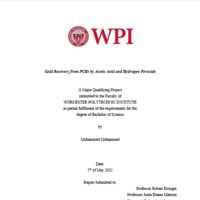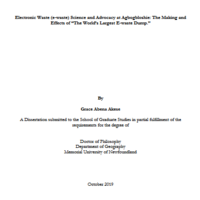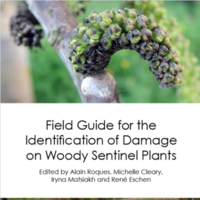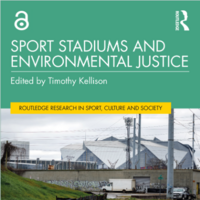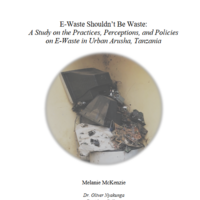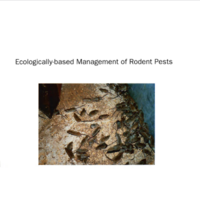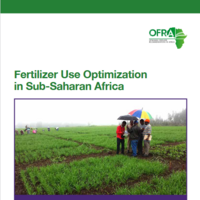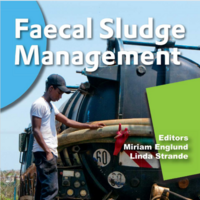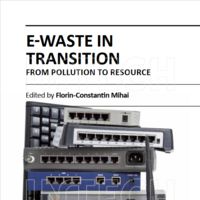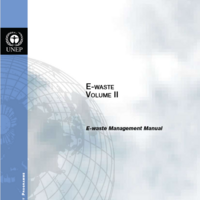Search
Books+
Searching 1,73 books
Search related to the career Environmental Scientist
Effects of Acid Rain
1. Damage to Vegetation: Acid rain can have detrimental effects on plants and trees. The acidic precipitation damages leaves, stunts growth, and weakens the overall health of vegetation. It can also leach essential nutrients from the soil, making it difficult for plants to thrive.
2. Harm to Aquatic Life: Acid rain has severe consequences for aquatic ecosystems. When acidic rainwater flows into rivers, lakes, and streams, it can lower the pH levels of the water, making it acidic. This acidic water harms fish, amphibians, and other aquatic organisms, disrupting their reproductive cycles, damaging their gills, and ultimately leading to population decline.
3. Corrosion of Buildings and Infrastructure: Acid rain contains sulfuric and nitric acids, which can corrode buildings, statues, bridges, and other structures made of stone, metal, or concrete. Over time, this corrosion weakens the structural integrity of these objects, leading to costly repairs and maintenance.
4. Contamination of Soil and Water: Acid rain can contaminate soil and water sources. The acidic deposition can alter the pH levels of soil, making it unsuitable for certain crops and affecting agricultural productivity. Moreover, acid rain can also seep into groundwater, polluting drinking water sources and posing health risks to humans and animals.
5. Damage to Human Health: Acid rain indirectly affects human health through the contamination of air, water, and food sources. When acid rain falls, it releases harmful pollutants into the air, which can be inhaled by humans, leading to respiratory issues such as asthma and bronchitis. Additionally, consuming food or water contaminated with acid rain pollutants can have adverse health effects.
6. Impact on Buildings and Monuments: Acid rain can erode and discolor buildings, monuments, and historical structures made of limestone, marble, or other susceptible materials. This erosion can lead to the loss of intricate details and historical significance of these structures.
7. Disruption of Nutrient Cycles: Acid rain can disrupt nutrient cycles in ecosystems. It can leach essential nutrients like calcium, magnesium, and potassium from the soil, affecting the availability of these nutrients for plants and animals. This disruption can have cascading effects on the entire ecosystem, leading to imbalances and reduced biodiversity.
It is important to note that the severity of these effects can vary depending on the concentration of pollutants, geographical location, and the ability of ecosystems to neutralize or recover from acid rain. Efforts to reduce emissions of sulfur dioxide and nitrogen oxides, the primary contributors to acid rain, can help mitigate these harmful effects.
Source: Various AI tools
Maji
Books tagged water
Mining
Utafiti
Books tagged research
Satire
Books tagged satire
Mazingira
Books tagged environment
Sayansi
Huzuni
Searched in English.
